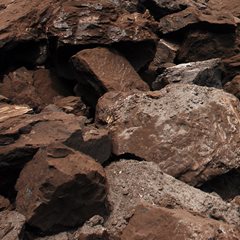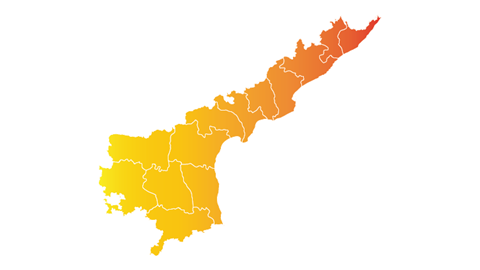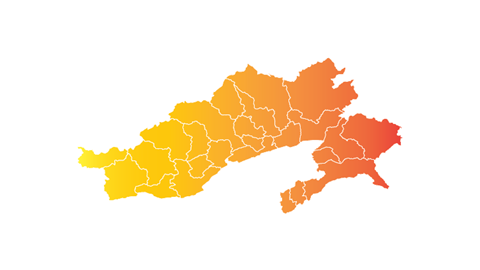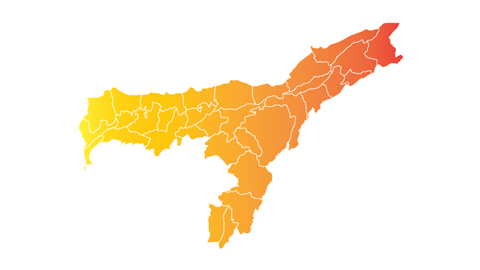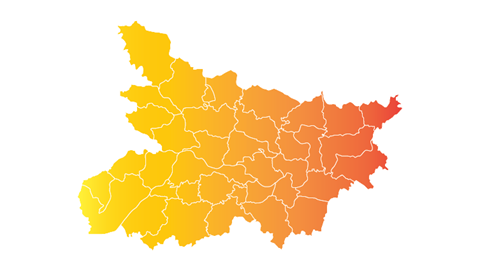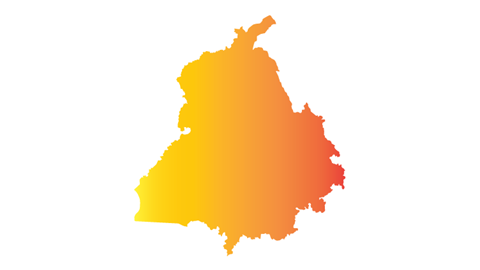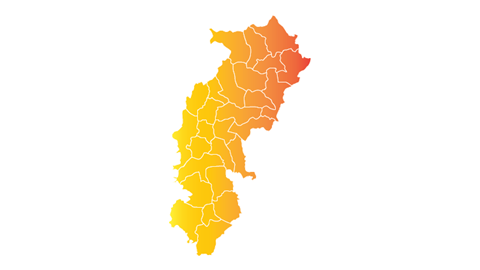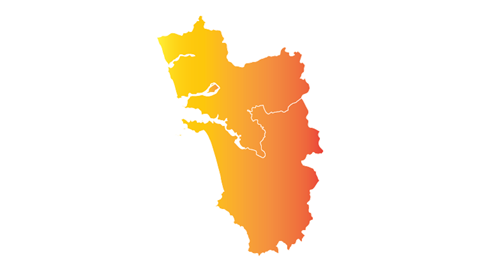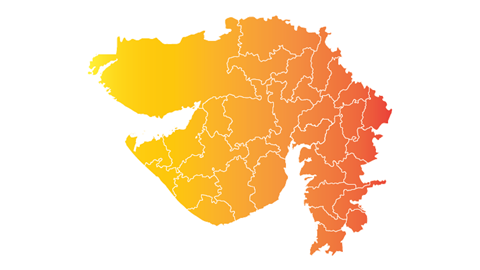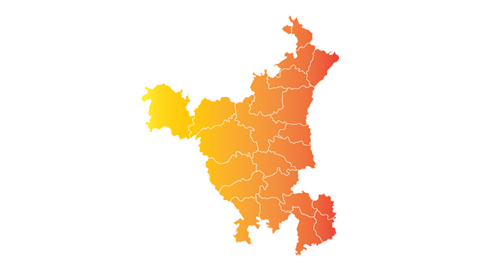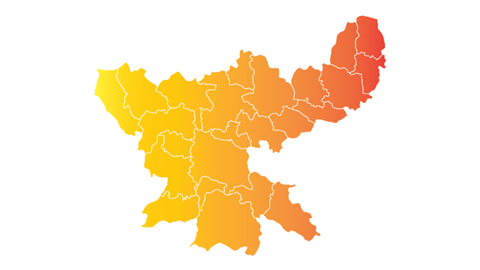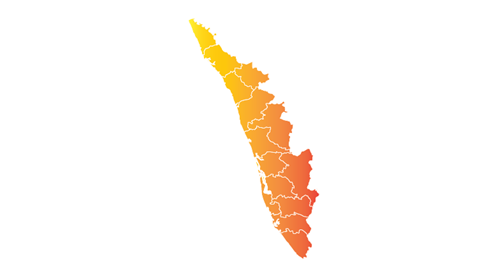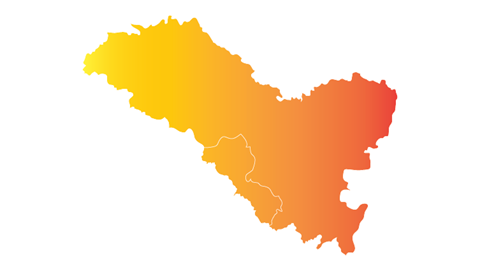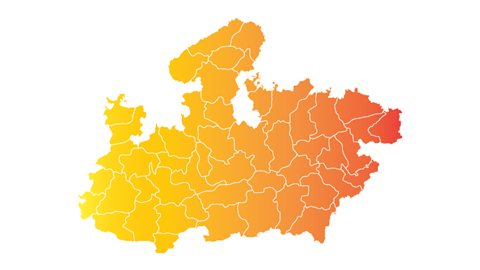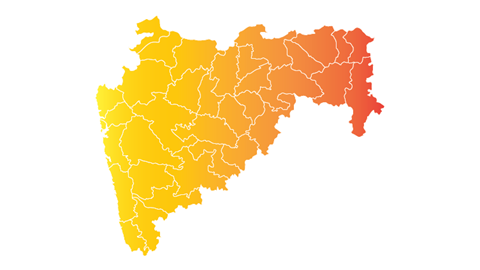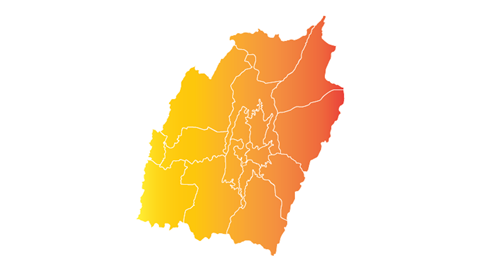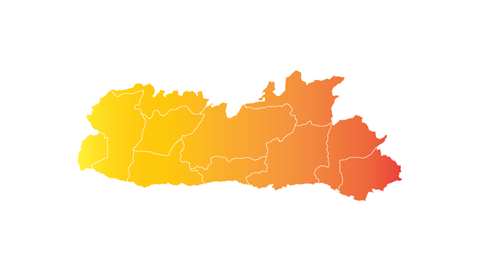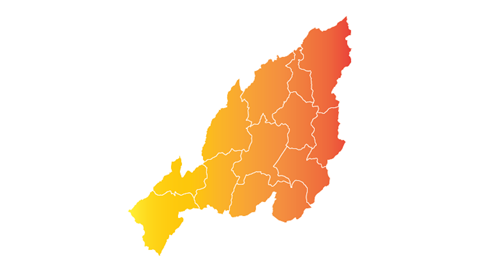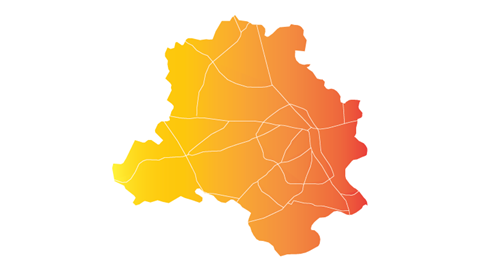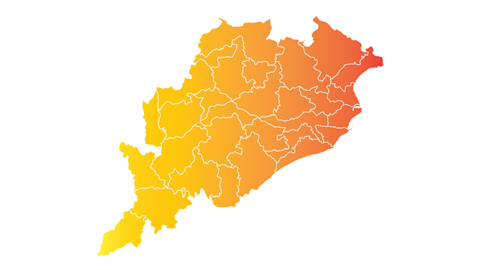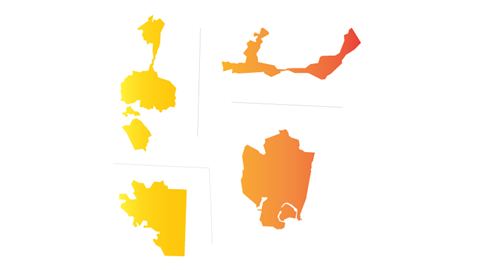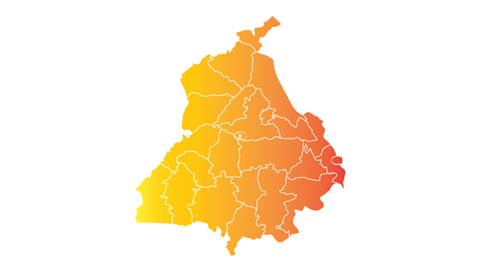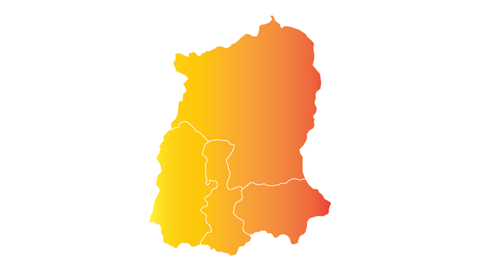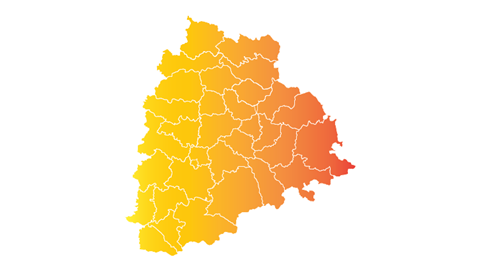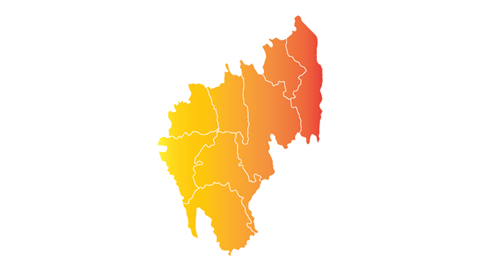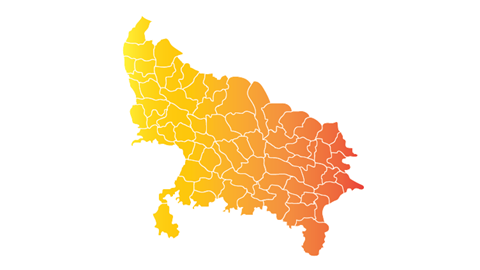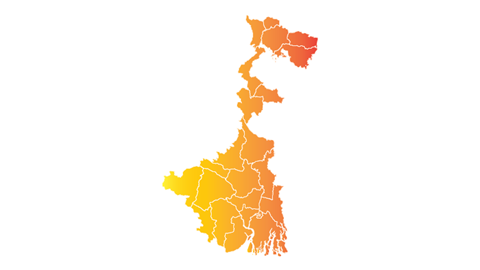Jammu & Kashmir
Critical minerals, policy, and the energy transition
The Energy Transition in Jammu & Kashmir, India
Jammu & Kashmir, Himalayan union territory stretching from the Pir Panjal to the upper Indus, is turning steep rivers and high-altitude sunshine into a clean-power backbone. Installed capacity sits around 3.6 GW, with hydro already covering 57% of demand and winter peaks near 2.5 GW. The J&K Renewable Energy Policy 2022 targets 9 GW by 2030, allocating 6 GW to run-of-river projects on the Chenab and Jhelum cascades and 2 GW to solar across Jammu’s plateaux and Kashmir Valley rooftops. Construction is advancing on the 850 MW Ratle, 1,000 MW Pakal Dul and 624 MW Kiru schemes, while a 250 MW floating array on the Salal reservoir and a 60 MW agrivoltaic pilot near Samba are in tender. A 500 MWh battery hub at Pampore will shift snow-melt surpluses into evening peaks, and the territory’s first 50 MW electrolyser at Udhampur will fuel green-hydrogen buses on the Jammu–Srinagar highway. Geologically, Reasi hosts India’s largest inferred lithium resource; Padder’s sapphire belt yields vanadium-rich corundum; and gypsum at Khonmoh plus magnesite near Uri supply low-carbon cement and refractory trials. By pairing river hydro, distributed solar and emerging critical minerals, Jammu & Kashmir is positioning itself as a Himalayan clean-energy and battery-materials corridor.
Energy Raw Materials and products produced in Jammu & Kashmir
A state-by-state analysis of India’s critical minerals and energy transition policies
SFA explores the state-level frontlines of India’s strategy to secure its position in the global energy transition. As demand surges for critical minerals used in electric vehicles, grid storage, solar, and hydrogen technologies, India is intensifying efforts to diversify supply, localise processing, and reduce strategic dependencies. This analysis examines how mineral endowments, state-level industrial policy, and renewable energy deployment intersect across the Indian landscape. From lithium-bearing pegmatites in Karnataka and Jammu & Kashmir to rare-earth-rich coastal sands in Tamil Nadu and Odisha, this state-by-state review highlights the opportunities and constraints shaping India’s clean-energy future and its role in global mineral security.
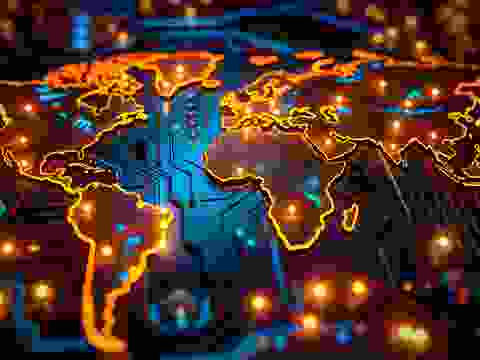

Meet the Critical Minerals team
Trusted advice from a dedicated team of experts.

Henk de Hoop
Chief Executive Officer

Beresford Clarke
Managing Director: Technical & Research

Jamie Underwood
Principal Consultant

Dr Jenny Watts
Critical Minerals Technologies Expert

Ismet Soyocak
ESG & Critical Minerals Lead

Thomas Shann Mills
Senior Machine Learning Engineer

Rj Coetzee
Senior Market Analyst: Battery Materials and Technologies

Franklin Avery
Commodity Analyst

How can we help you?
SFA (Oxford) provides bespoke, independent intelligence on the strategic metal markets, specifically tailored to your needs. To find out more about what we can offer you, please contact us.
